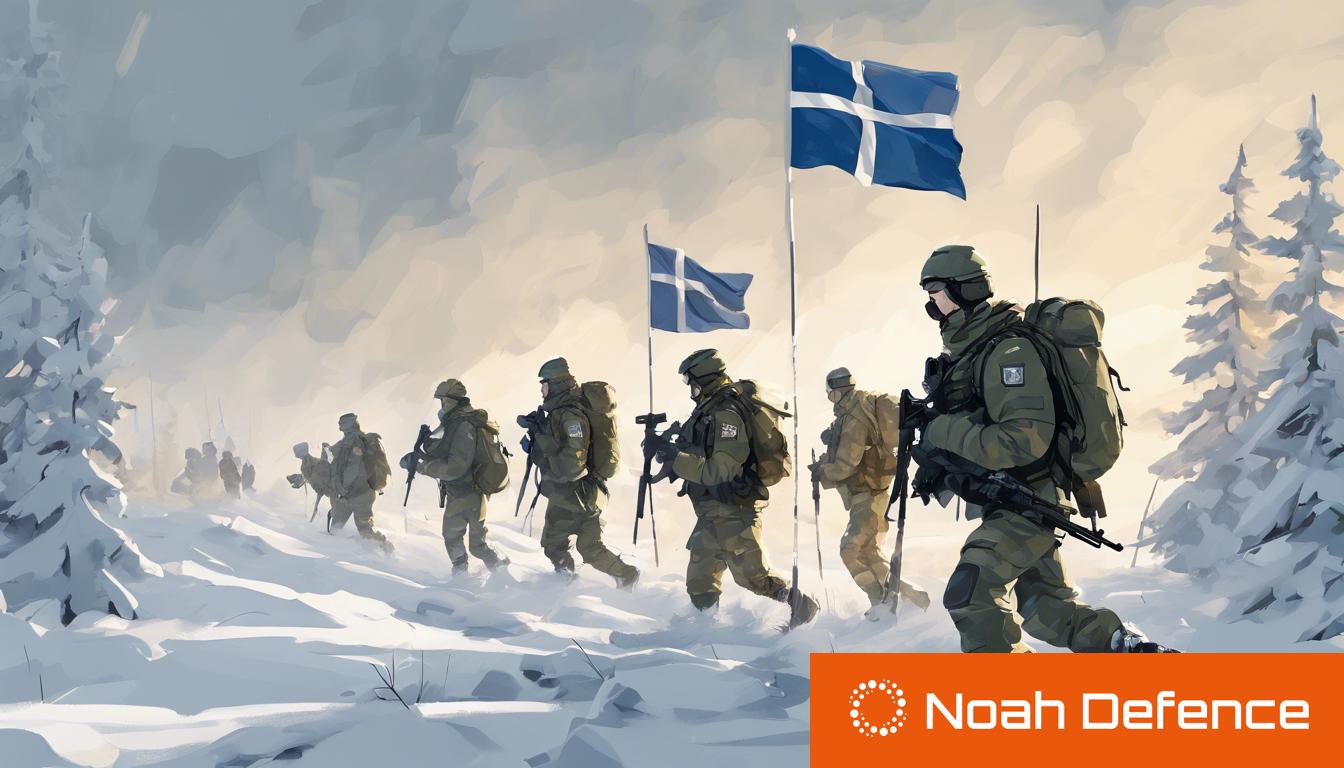NATO’s Nordic Response 2024, involving over 20,000 troops across Finland, Norway, and Sweden, marks a significant demonstration of force as the alliance bolsters its presence in the High North. The exercise, coinciding with Finland joining NATO and Sweden’s expected membership, aims to enhance preparedness amidst increased global tensions.
NATO has initiated a substantial military exercise, Nordic Response 2024, across Finland, Norway, and Sweden, involving over 20,000 troops from 13 countries. This drill marks Finland’s debut as a NATO member, with Sweden also on the brink of joining, showcasing the alliance’s commitment to defending its newly expanded border amidst growing tensions. The operations, previously known as Cold Response, have been rebranded to underline the inclusion of Finland and soon, Sweden, emphasizing the defense of the Nordic territories. The exercises, entailing land, sea, and air-based military training, aim at bolstering preparedness in the High North region, significant for its strategic location and challenging weather conditions. High-profile inspections are anticipated, with Finland’s President Alexander Stubb and Norwegian Prime Minister Jonas Gahr Støre attending, accentuating the unity and readiness of NATO members against potential threats.
In a separate development, Russia continues to face military and infrastructural challenges. Recent Russian military actions in Ukraine resulted in civilian casualties and infrastructure damage, intensifying the conflict. Additionally, Ukraine’s military intelligence claimed to have carried out a cyber-attack on the Russian Defence Ministry, obtaining sensitive documents, indicating a shift towards digital warfare tactics in the ongoing conflict.
Another incident reported was an explosion damaging a railway bridge over the Volga river near Samara, Russia, caused by an “illegal interference.” Russian authorities, suspecting sabotage, have temporarily suspended railway traffic, affecting one of the country’s vital industrial hubs. Amid these volatile conditions, international diplomatic efforts persist, with China’s special envoy discussing potential negotiations with Russian diplomats to quell the Ukraine conflict.
These developments underscore the heightened security concerns and the complex interplay of military, cyber, and diplomatic strategies affecting the Eastern European security landscape and the broader geopolitical stability.













